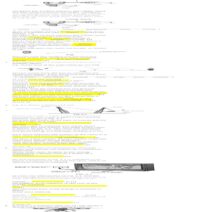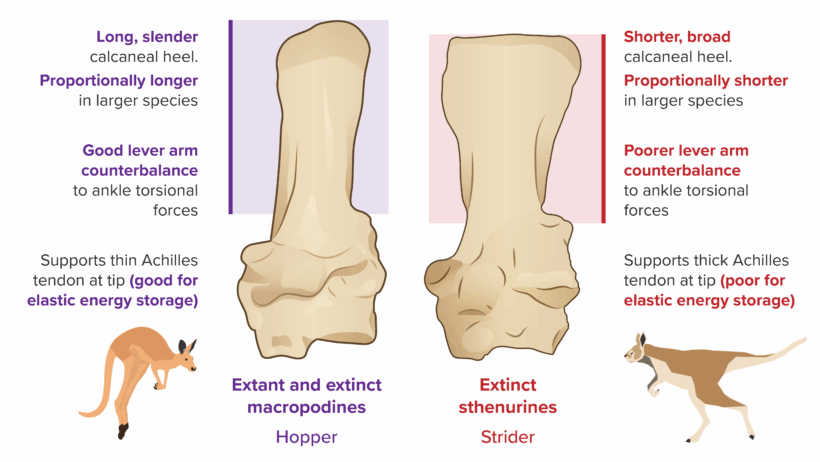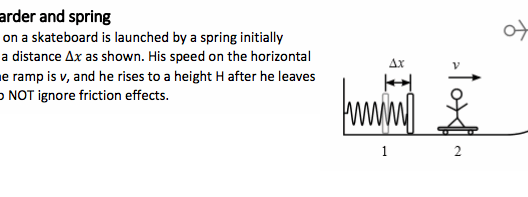Have you ever pondered how kangaroos gracefully navigate their arid habitats, hopping effortlessly while conserving energy? This intriguing question leads us into the fascinating realm of biomechanics and evolutionary adaptations. The science behind kangaroo locomotion presents a unique blend of engineering and biology that showcases nature’s ingenuity.
Kangaroos are herbivorous marsupials predominantly found in Australia. They are well-known for their distinctive mode of movement: hopping. Unlike many mammals that engage in running or walking, kangaroos utilize bounding leaps, which serve multiple purposes including travel, foraging, and evasion from predators. But why choose hopping as their primary means of locomotion? The answer lies in the remarkable efficiency of their energy usage.
The primary adaptation that allows kangaroos to conserve energy while hopping is their elastic tendons. These elastic structures, particularly in their hind limbs, store and return energy much like a spring. When a kangaroo lands, the tendons compress and stretch. As it prepares for the next leap, the stored energy is released, facilitating a powerful and efficient takeoff. This biomechanical marvel allows kangaroos to cover vast distances with minimal energy expenditure.
The importance of energy conservation in kangaroo movement cannot be overstated. In the low-nutrient environments where they often reside, conserving energy is crucial for survival. This necessity has led to the evolution of their unique hopping mechanism. Studies indicate that a kangaroo can travel at a speed of about 20 to 30 kilometers per hour (12 to 18 miles per hour) while using less energy than an equivalent-sized animal that runs. This efficiency is enhanced by the alignment of their body and limbs. The kangaroo’s large, muscular legs enable powerful jumps, while their long tails provide balance, ensuring that maximum energy efficiency is achieved during motion.
The mechanics of hopping also adapt depending on the speed and terrain. At slower speeds, kangaroos may utilize a more energy-efficient, low-frequency hopping style. However, at higher speeds, their movements transition into longer, more powerful leaps. This flexibility in locomotion not only demonstrates their evolutionary adaptability but also poses a challenge for understanding the dynamics of muscle coordination and energy transfer in animal motion. What physiological changes allow them to switch from energy conservation to power generation? And how do these adaptations enhance their chances of survival in changing climates?
When we analyze the energy conservation of kangaroo hopping, we must also consider the environment in which these animals thrive. Australia’s environment is largely characterized by harsh conditions: extreme temperatures and scarce food resources. This reality underscores the importance of energy-efficient movement. Moreover, the current threats posed by climate change — such as habitat loss and altered food availability — necessitate that kangaroo populations continuously adapt their energy conservation strategies. The study of how these animals manage their energy offers valuable insights not only into their survival but also into the broader implications of climate resilience across species.
Moreover, the impact of changing agricultural practices on kangaroo habitats cannot be overlooked. As farming expands into traditional kangaroo territories, the available natural forage diminishes. Consequently, kangaroo populations are presented with the dual challenges of increased competition for food and altered landscapes that demand even more efficient energy utilization. Understanding their hopping mechanics could inform conservation efforts and management practices aimed at sustaining kangaroo populations despite these environmental changes.
Interestingly, kangaroo locomotion has garnered interest beyond the realms of ecology and biology. Engineers and scientists are studying the biomechanics of hopping to inspire designs in bipedal robots and other mechanical systems. By mimicking the elastic propulsion mechanisms found in kangaroos, engineers aim to create more efficient machines that could travel across sandy or rough terrains where traditional locomotion may falter. This interplay between biology and technology illuminates the vast potential of leveraging nature’s solutions in human challenges, especially as we confront our own environmental predicaments.
In addition to their physical adaptations, social behaviors also play a crucial role in kangaroo energy conservation. When in groups, known as mobs, kangaroos can benefit from collective movement patterns. Observations suggest that kangaroo mobs often synchronize their hopping, which can create draft-like conditions that reduce the overall energy expenditure for individual kangaroos. These collective behaviors demonstrate how social structures may influence survival, emphasizing the interconnectedness of social dynamics and environmental adaptations.
In summary, the phenomenon of kangaroo hopping encapsulates a compelling interplay of biomechanics, evolutionary biology, and environmental science. The adaptations that these marsupials have developed to conserve energy showcase not only their resilience but also serve as a beacon of nature’s brilliance. As climate change continues to challenge biodiversity globally, understanding the intricacies of such evolutionary adaptations can guide conservation strategies and foster a more profound appreciation for the delicate balance within ecosystems. As we confront our own environmental challenges, one must ponder: How might we learn from the kangaroo and its remarkable methods of movement and energy conservation?







